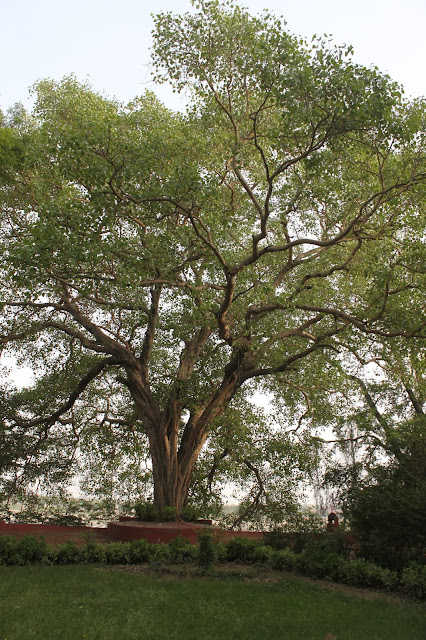Mundeshvari – History, Archaeology, Devotion . . .

Mundeshvari temple: History in every stone An edited version of this piece has been published in the Friday Review . Many thanks to colleagues and friends together on this trip, Fiona Buckee for sharing her paper and the team at The Hindu. Mundeshvari Temple is considered the oldest functional temple in the country - I came across this clichéd sounding line multiple times. And questions arose. How old is it then? Is it older than Banaras and its temples? Banaras with all its history, mythology and umpteen temples. Few more questions arose and then I forgot all of them. Mundeshvari is located in Bhabua - 100 kms from Banaras. I then landed upon the temple again in Saba Dewan’s classic Tawaifnama where she writes: ‘Some recent scholars are of the opinion that the goddess installed in the Mundesvari temple might well have been a deity worshipped originally by the aboriginal population described in the Vedic and post-Vedic texts as asura and daitya. In the long-drawn-out struggles ...



